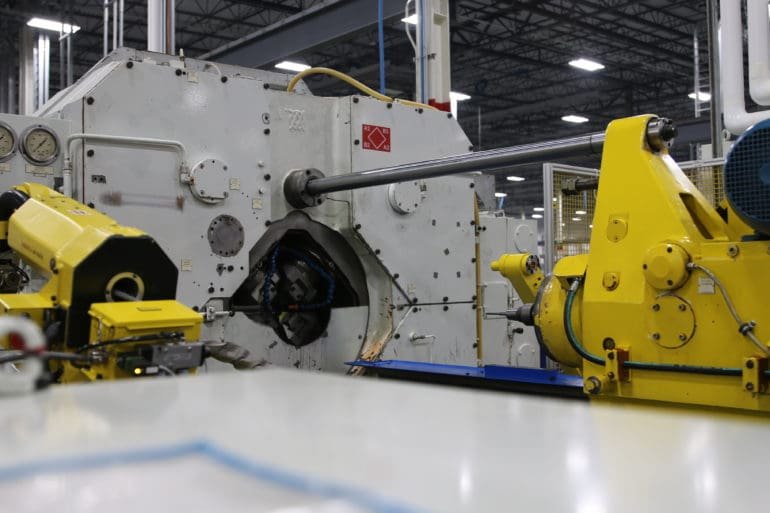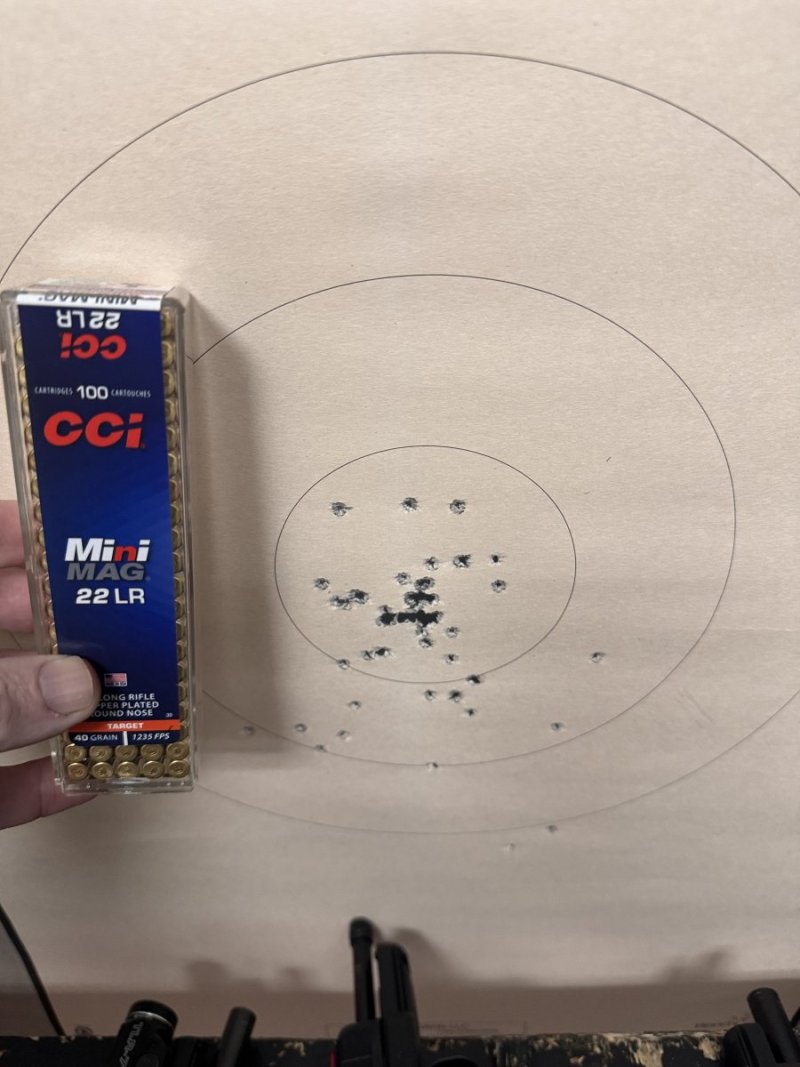Fantastic job on this. My only drawback is they left out .357 mag.
Being a ballistic test I realize they are going to penetration data, but I do wish they would also include foot pounds of energy. I always find foot pound energy to be of interest...I may have missed it, but I did not see it anywhere.
Overall, the data and work put into this is outstanding. Too much for me to absorb at one sitting.
I'm bookmarking this one.
that's because .357 magnum hits so hard your great grand parents feel it and everybody knows that








